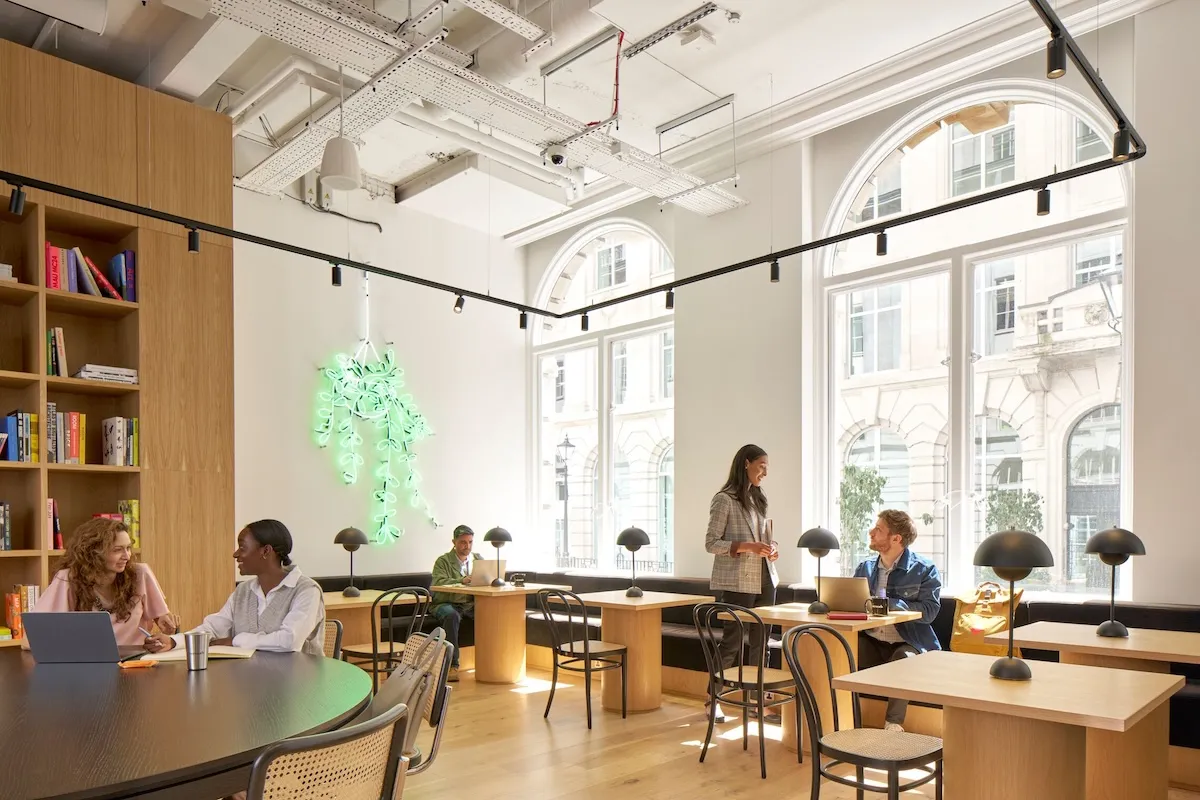How do great artists and innovators come up with their most brilliant ideas? And by what kind of alchemical process are they able to bring those ideas to life?
I have eagerly sought the answers to these questions over the past decade of my career as a psychology writer. My fascination with the lives and minds of brilliant artists and innovators has led me on a quest to discover what makes us creative, where ideas come from, and how they come to life. But even after writing an entire book on the science of creativity and designing a creative personality test, there are more questions than answers in my mind.
Decades of research have yet to uncover the unique spark of creative genius. Creativity is as perplexing to us today as it was to the ancients, who cast creative genius in the realm of the supernatural and declared it the work of the muses.
What the science does show is that creative people are complex and contradictory. Their creative processes tend to be chaotic and nonlinear—which seems to mirror what’s going on in their brains. Contrary to the “right-brain myth,” creativity doesn’t just involve a single brain region or even a single side of the brain. Instead, the creative process draws on the whole brain. It’s a dynamic interplay of many diverse brain regions, thinking styles, emotions, and unconscious and conscious processing systems coming together in unusual and unexpected ways.
But while we may never find the formula for creativity, there’s still a lot that science can teach us about what goes into the creative process—and how each one of us can optimize our own.
Understanding your own creative process
One of the most illuminating things I’ve found is a popular four-stage model of the creative process developed in the 1920s. In his book The Art of Thought, British psychologist Graham Wallas outlined a theory of the creative process based on many years of observing and studying accounts of inventors and other creative types at work.
The four stages of the creative process:
Stage 1: Preparation
The creative process begins with preparation: gathering information and materials, identifying sources of inspiration, and acquiring knowledge about the project or problem at hand. This is often an internal process (thinking deeply to generate and engage with ideas) as well as an external one (going out into the world to gather the necessary data, resources, materials, and expertise).
Stage 2: Incubation
Next, the ideas and information gathered in stage 1 marinate in the mind. As ideas slowly simmer, the work deepens and new connections are formed. During this period of germination, the artist takes their focus off the problem and allows the mind to rest. While the conscious mind wanders, the unconscious engages in what Einstein called “combinatory play”: taking diverse ideas and influences and finding new ways to bring them together.
Stage 3: Illumination
Next comes the elusive aha moment. After a period of incubation, insights arise from the deeper layers of the mind and break through to conscious awareness, often in a dramatic way. It’s the sudden Eureka! that comes when you’re in the shower, taking a walk, or occupied with something completely unrelated. Seemingly out of nowhere, the solution presents itself.
Stage 4: Verification
Following the aha moment, the words get written down, the vision is committed to paint or clay, the business plan is developed. Whatever ideas and insights arose in stage 3 are fleshed out and developed. The artist uses critical thinking and aesthetic judgment skills to hone and refine the work and then communicate its value to others.
Of course, these stages don’t always play out in such an orderly, linear fashion. The creative process tends to look more like a zigzag or spiral than a straight line. The model certainly has its limitations, but it can offer a road map of sorts for our own creative journey, offering a direction, if not a destination. It can help us become more aware of where we’re at in our own process, where we need to go, and the mental processes that can help us get there. And when the process gets a little too messy, coming back to this framework can help us to recenter, realign, and chart the path ahead.
For instance, if you can’t seem to get from incubation to illumination, the solution might be to go back to stage 1, gathering more resources and knowledge to find that missing element. Or perhaps, in the quest for productivity, you’ve made the all-too-common mistake of skipping straight to stage 4, pushing ahead with a half-baked idea before it’s fully marinated. In that case, carving out time and space for stage 2 may be the necessary detour.
How to optimize your creative process for ultimate success
But let’s dig a little deeper: As I’ve contemplated and applied the four-stage model in my own work, I’ve found within it a much more profound insight into the mysteries of creation.
At its heart, any creative process is about discovering something new within ourselves and then bringing that something into the world for others to experience and enjoy. The work of the artist, the visionary, the innovator is to bridge their inner and outer worlds—taking something that only exists within their own mind and heart and soul and birthing it into concrete, tangible form (you know, not unlike that other kind of creative process).
Any creative process is a dance between the inner and the outer; the unconscious and conscious mind; dreaming and doing; madness and method; solitary reflection and active collaboration. Psychologists describe it in simple terms of inspiration (coming up with ideas) and generation (bringing ideas to life).
In the four-stage model, we can see how the internal and external elements of the creative process interact. stages 2 and 3 are all about inspiration: dreaming, reflecting, imagining, opening up to inspiration, and allowing the unconscious mind to do its work. Stages 1 and 4, meanwhile, are about generation: doing the external work of research, planning, execution, and collaboration. Through a dynamic dance of inspiration and generation, brilliant work comes to life.
How does this help us in our own creative process? The more we master this balance, the more we can tap into our creative potential. We all have a preference for one side over the other, and by becoming more aware of our natural inclinations, we can learn how to optimize our strengths and minimize our weaknesses.
More inward-focused, idea-generating types excel in stages 2 and 3: getting inspired and coming up with brilliant ideas. But they run the risk of getting stuck in their own heads and failing to materialize their brilliant ideas in the world. These thinkers and dreamers often need to bring more time and focus to stages 1 and 4 in order to keep their creative process on track. Balance inspiration with generation by creating the necessary structures to help you commit to action and put one foot in front of the other to make it happen—or just collaborate with a doer who you can outsource your ideas to!
Doer types, on the other hand, shine in stages 1 and 4. They’re brilliant at getting things done, but they risk putting all their focus on productivity at the expense of the inner work and big-picture thinking that helps produce truly inspired work. When we bypass the critical work that occurs in the incubation stage, we miss out on our most original and groundbreaking ideas. If you’re a doer/generator, you can up-level your creative process by clearing out the space in your mind and your schedule to dream, imagine, reflect, and contemplate.
By seeking a balance of these opposing forces, we can bring some order to the chaos of the creative process. And as we become dreamers who do and doers who dream, we empower ourselves to share more of our creative gifts with the world.
WeWork’s space products including On Demand, All Access, and dedicated spaces help businesses of all sizes solve their biggest challenges.
Carolyn Gregoire is a writer and creative consultant living in Brooklyn. She is the co-author of Wired to Create: Unravelling the Mysteries of the Creative Mind and the creator of the Creative Types personality test. Her work has been featured in the New York Times, Scientific American, TIME, Harvard Business Review, and other publications.










